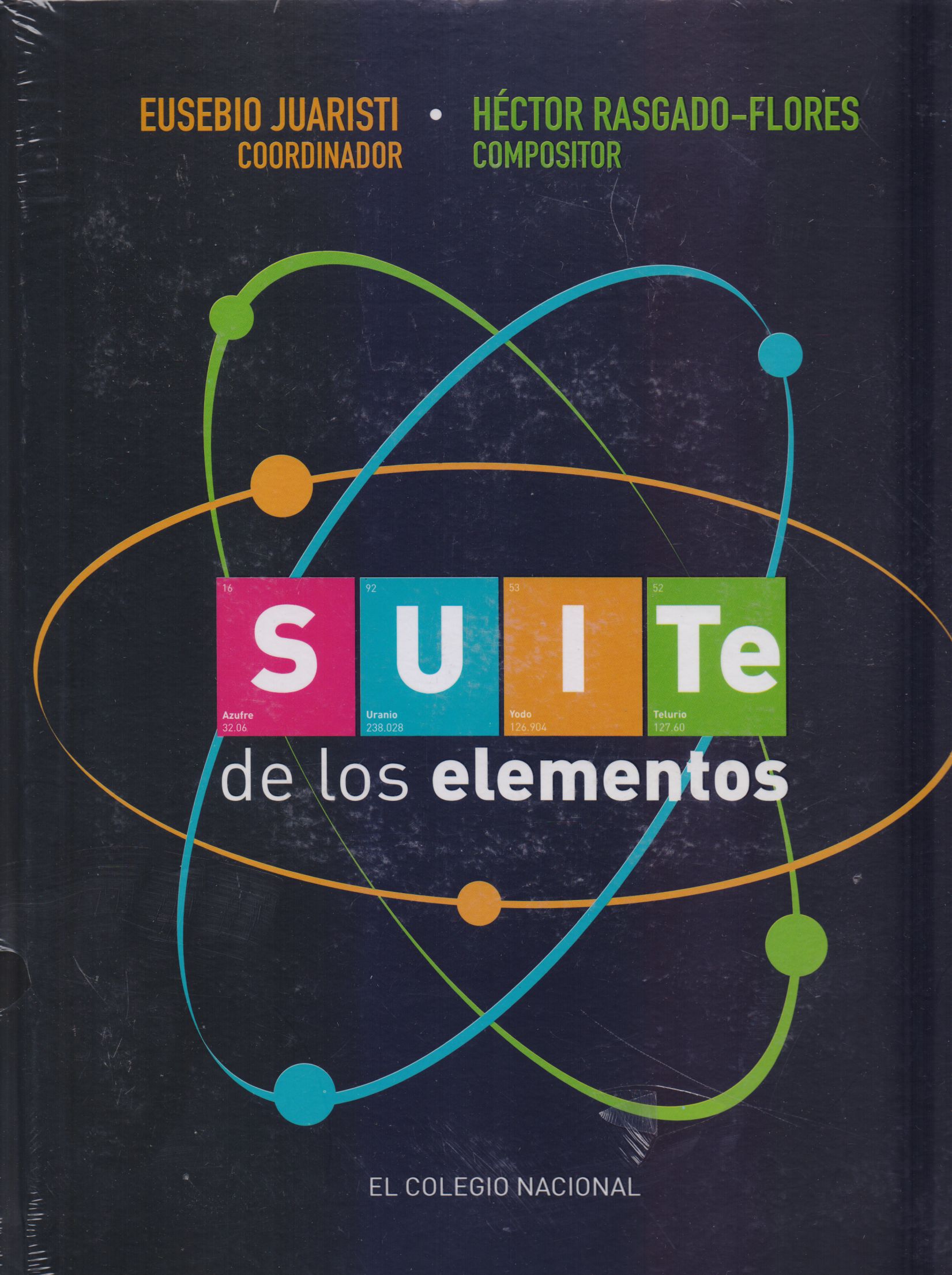Libros relacionados
 |
Génesis de la Desorientación Moderna: una Aproximacióm a la Relación Histórica E Talancón E. , José Luis Universidad Nacional Autonoma de Mexico |
 |
<<planos Geognósticos de los Alpes, la Suiza y el Tirol>> Los: de Carlos de Gimb Parra del Río, María Dolores Doce Calles |
 |
Engineering Principles In Everyday Life For Non-Engineers B. Niku, Saeed Morgan & Claypool Publishers |
 |
New Prospects Of Integrating Low Substrate Temperatures With Scaling-Sustained D Shovon Ashraf, Nabil / Alam, Shawon / Alam, Mohaiminul Morgan & Claypool Publishers |


|
Título: Fundamentals Of Three-Dimensional Digital Image Processing | |
| Autor: Toriwaki Junichiro/ Yoshida Hiroyuki | Precio: $1305.00 | |
| Editorial: Springer Publishing Company | Año: 2009 | |
| Tema: Ingenieria, Ciencia | Edición: 1ª | |
| Sinopsis | ISBN: 9781848001725 | |
| There are many areas of science and engineering where three-dimensional (3-D) discrete data are collected and analyzed, such as medical imaging and geoscience. To design and to prove the validity of computational procedures for processing and analysis of such data, the need for a mathematical theory and algorithms for image processing is essential.
Self-contained, accessible, and mathematically precise, this book serves as an introduction to the field of 3-D digital image processing, providing information that can be used immediately in practical algorithms for the analysis of 3-D data sets. By presenting problems of processing and analysis of practical 3-D data sets, readers will find the descriptions clear and accessible as concepts and methods are carefully introduced, defined, and illustrated with examples. A key textbook for graduates and resource for all working in areas of multidimensional image processing and analysis, this book is also excellent for self-study for practitioners in the field of 3-D digital image processing. Content Level » Graduate Keywords » 3-dimensional digital image processing - 3-dimensional visualization - Medical image processing Related subjects » Image Processing - Radiology - Theoretical Computer Science Table of contentstableOfContentsIntroduction.- Models of Images and Image Operations.- Introduction.- Continuous and Digitized Images.- Continuous Images.- Digitized Images.- Three-dimensional Images.- 3D Line Figures and Digitization.- Crosse Section and Projection.- Relations among Images.- Model of Image Operations.- Formulation of Image Operations.- Relations between Image Operators.- Binary Operators between Images.- Composition if Image Operations.- Basic Operators.- Algorithm of Image Operators.- General Form of Image Operations.- Important Types of Algorithms.- Local Processing of 3D Images.- Classification of Local Operations.- General Form.- Classification by Functions of Filters.- Classification by the Form of a Local Function.- Smoothing Filter.- Linear Smoothing Filter.- Median Filter and Order Statistics Filter.- Edge Preserving Smoothing.- Morphology Filter.- Difference Filter.- Significance.- Differentials in Continuous Space.- Derivatives in Digitized Space.- Basic Characteristics of Difference Filter.- Omnidirectionalization.- 1-D Difference Filters and their Combinations.- 3D Laplacian.- 2D Difference Filters and their Combination.- Differential Features of Curved Surface.- Region Growing (Region Merging).- Outline.- Region Expansion.- Geometrical Property of Three-Dimensional Digitized Images.- Neighborhood and Connectivity.- Neighborhood.- Connectivity and Connected Component.- Simplex and Simplicious Decomposition.- Euler Number.- Local Feature of a Connected Component and Topology of a Figure.- Local Patterns and their Characterization.- 2 x 2 x 2 Local Patterns.- 3 x 3 x 3 Local Patterns.- Classification of the Voxel State.- Voxel State and Connectivity Index.- Calculation of Connectivity Index and Connectivity Number.- Basic Ideas.- Calculation of the Connectivity Index.- Calculation of the Connectivity Number.- Calculation of the Euler Number.- Triangulation Method.- Simplex Counting Method.- Algorithm of Deletability Test.- Path.- Distance Function.- Distance Function in Applications.- Improvement in Distance Metric.- Border Surface.- Algorithms of Binary Image Processing.- Introduction.- Labeling of a Connected Component.- Shrinking.- Surface Thinning and Axis Thinning.- Definition.- Requirements to Thinning.- Realization-the Sequential Type.- Examples of Surface/Axis Thinning Algorithms (Sequential Type).- Surface Thinning Algorithm Accompanying the Euclidean Distance Transformation.- Use of One-dimensional List for Auxiliary Information.- Examples of Surface/Axis Thinning Algorithm (Parallel Type).- Experimental Results.- Points in Algorithm Construction.- Distance Transformation and Skeleton.- Definition.- Significance of DT and Skeleton.- Classification of Algorithms.- Example of an Algorithm (1) - Squared Euclidean DT.- Example of Algorithms (2) - Variable Neighborhood DT (Parallel Type).- Supplementary Comments on Algorithms of DT.- Skeleton.- Reverse Distance Transformation.- Example of RDT Algorithms - (i) Euclidean Squared RDT.- Example of RDT Algorithm (ii) Fixed Neighborhood (6, 18, or26-Neighborhood) RDT (Sequential Type).- Extraction of Skeleton.- Distance Transformation of a Line Figure.- Border Surface Following.- Outline.- Examples of Algorithm.- Restoration of a Figure.- Knot and Link.- Outline.- Reduction of a Digital Knot.- Voronoi Division of a Digitized Image.- Algorithms for Processing Connected Components with Grey Values.- Distance Transformation of a Gray-Tone Image.- Definition.- An Example of Algorithm.- Thinning of a Gray-Tone Image.- Basic Idea.- Requirements.- Principles of Thinning.- Examples of Algorithms - (1) Integration of Information concerning Density Values.- Algorithm.- Experimental Results.- Examples of Algorithms - (2) Ridge Line following.- Meanings of a Ridge Lien.- Algorithm.- Experiments.- Visualization of a 3D Gray-Tone Images.- Formulation of Visualization Problem .- Voxel Data and Polygon Model.- Marching Cubes Algorithm.- Cross Section, Surface, and Projection.- Cross Section.- Surface.- Projection.- Idea of Visualization Basing upon Ray Casting (1) - Projection of a Point.- Display of a Point.- Display of Line.- Display of Surface.- Idea of Visualization Based on Ray Casting (2) - Manipulation of Density Values.- Rendering Surface Based on Ray Casting - Surface Rendering.- Calculation of the Brightness of Surface.- Smooth Shading.- Depth Coding.- Ray Tracing.- Photorealistic Rendering and Rendering for Visualization.- Display of Density Values Basing upon Ray Casting - Volume Rendering.- Algorithm of Volume Rendering.- Selection of Parameters.- Front-to-back Algorithm.- Properties of Volume Rendering and Surface Rendering.- Gradient Shading.- References.- |
||
Librería Bonilla SA de CV © Todos los derechos reservados. 2019
Última actualización: Jul 2019






